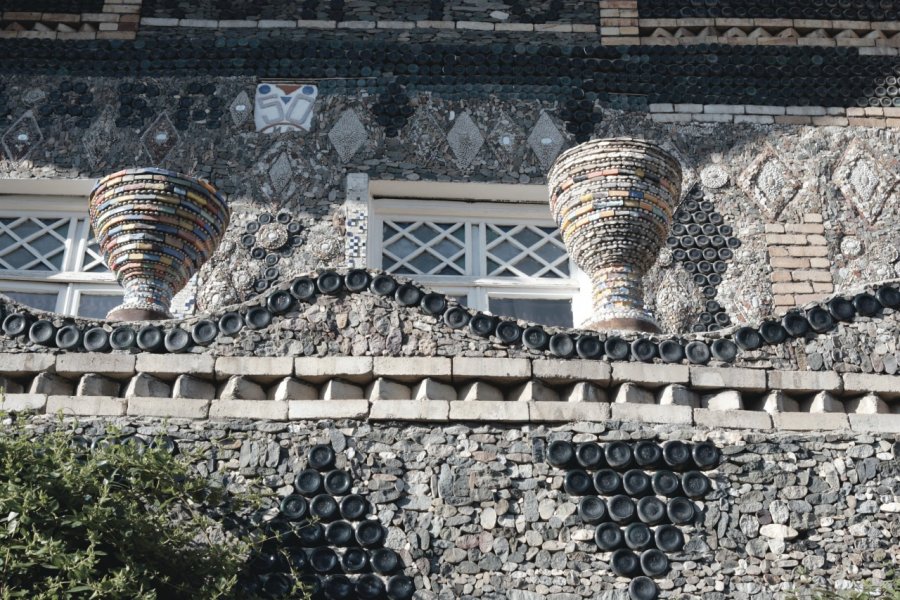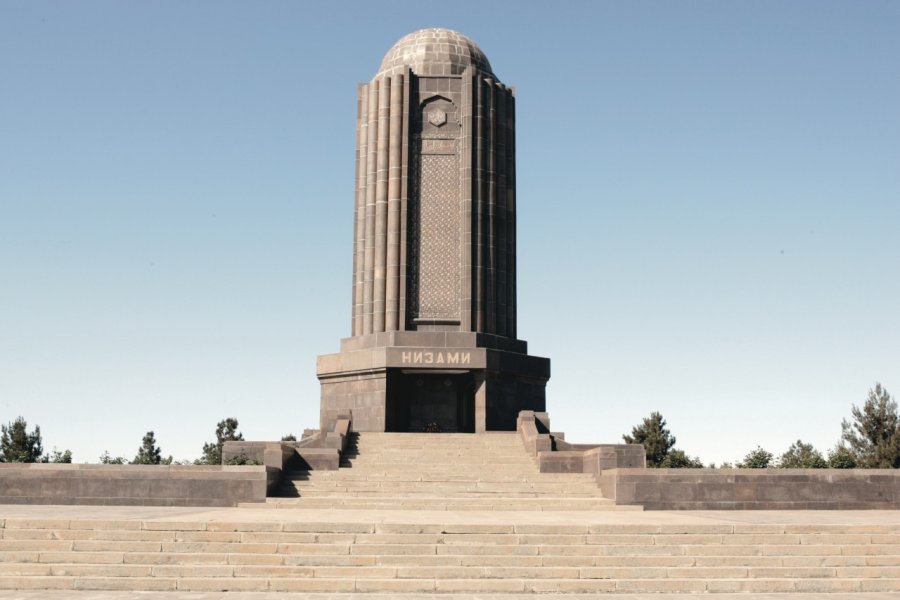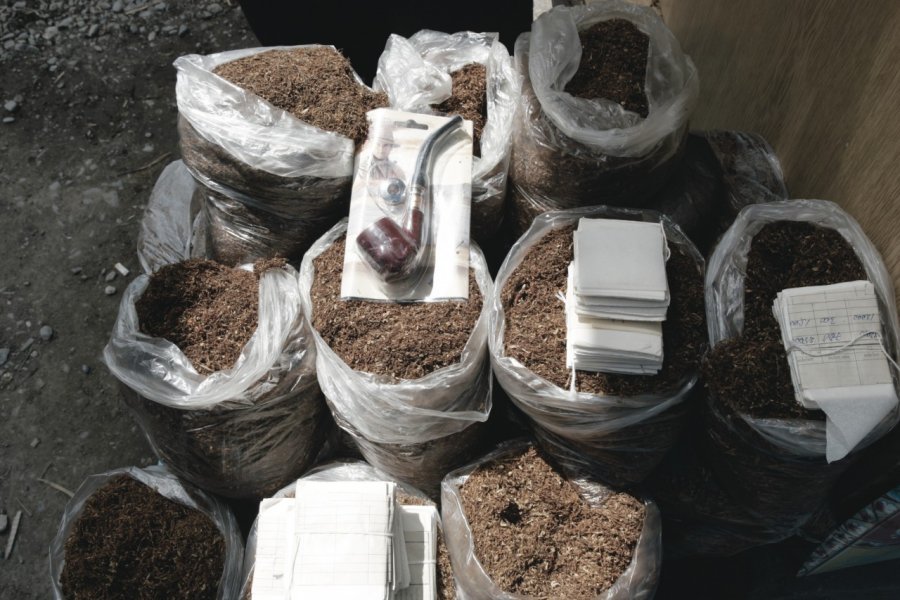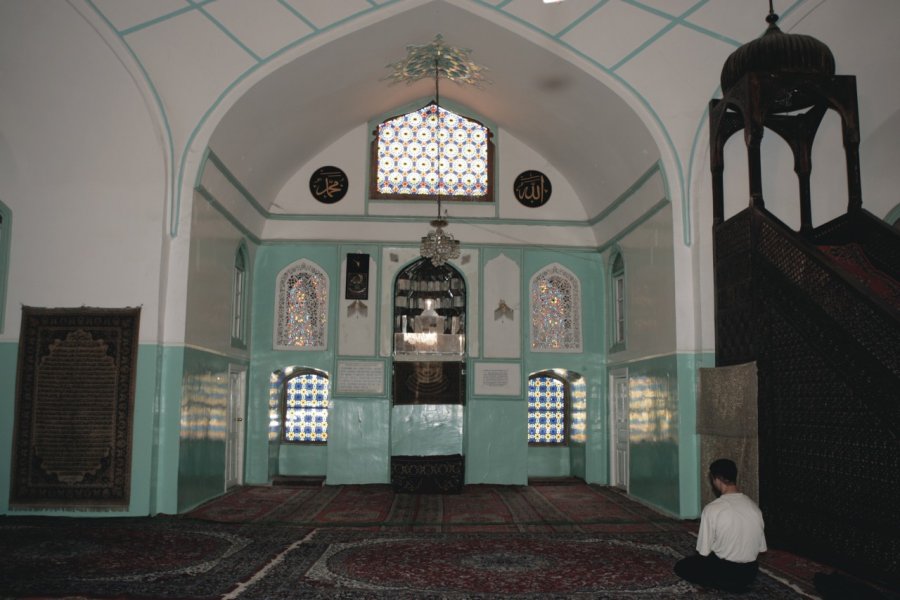Travel Guide Gyanja
Find an accommodation
Advertising
Gyanja is the second largest city in Azerbaijan with its 323,000 inhabitants. An important crossroads of the silk road, it has experienced early development thanks to its commercial activities. Many ancient buildings still bear witness to this past prosperity and make this city, yet remote from the tourist circuits, an interesting step in the country.The origins of Gyanja are uncertain. Some historians bring up their foundation before the Christian era, others date from the beginning of the Middle Ages. The city has begun to play a significant political and economic role from the tenth century: it was then an important artisanal center, focusing on the work of metals supplied by the nearby mines. It then became capital and military center, and then had ramparts and moss turning into a true fortress. Becoming capital of the state of Atabey, in the twelfth and thirteenth centuries, Gyanja has experienced its historic apogee. In the eighteenth century, the khanat of Gyanja was founded, which was to be eliminated by the Russian conquerors at the beginning of the nineteenth century. The city then took the name of Yelizavetpol, then that of Kirovobad during the Soviet period, before returning to Gyanja in 1989.The surrounding area of Gyanja is also known for its natural landscapes, especially for the eight lakes formed following the violent earthquake of 1139. The most famous of them is Lake Goy-Gol, considered one of the natural jewels of the country.
What to visit Gyanja?
Advertising
Suggested addresses Gyanja
Weather at the moment
Advertising
Organize your trip with our partners Gyanja
Transportation
Book your plane tickets
Car Rental
Boat rental
Accommodation & stays
Find a hotel
Holiday rental
Find your campsite
Tailor-made trip
Immersion travel
Services / On site
Activities & visits
Find a doctor









